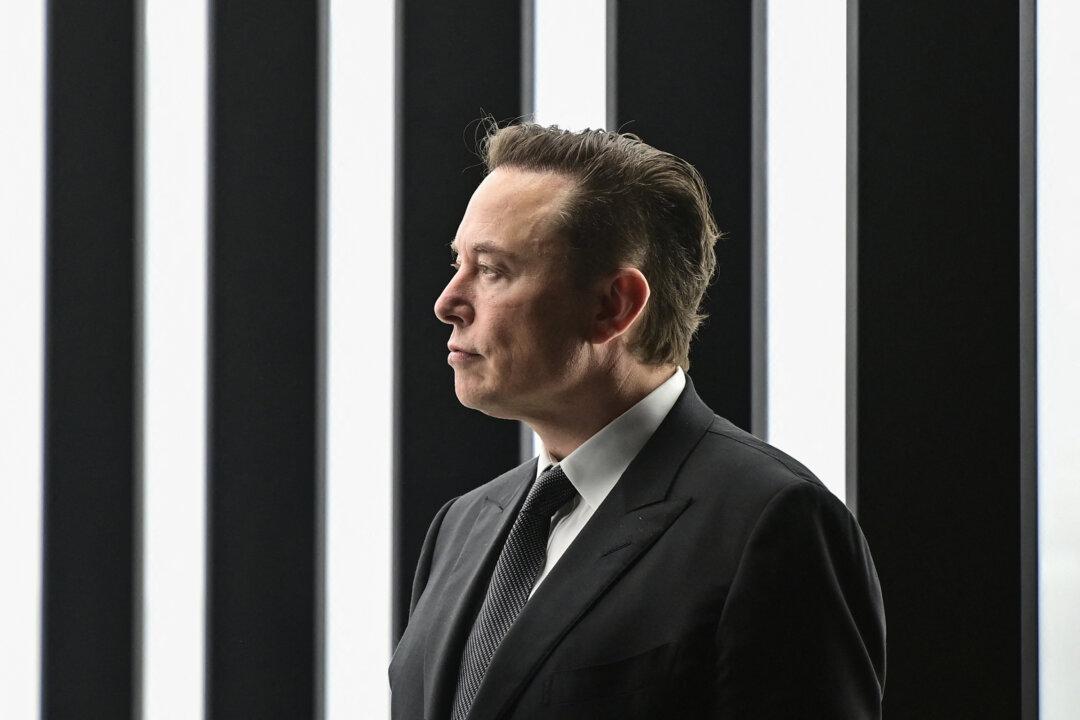Tesla chief Elon Musk and Ark Invest founder Cathie Wood touted the benefits of active portfolio management while taking aim at the rise of passive investing, with the duo arguing in a series of tweets that the passive trend has gone too far, leading to market distortions and weaker returns for investors.
Musk waded into the passive versus active debate when he wrote in a May 1 tweet: “There should be a shift back towards active investment. Passive has gone too far.”





